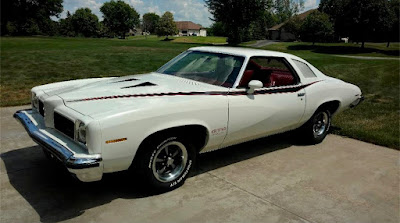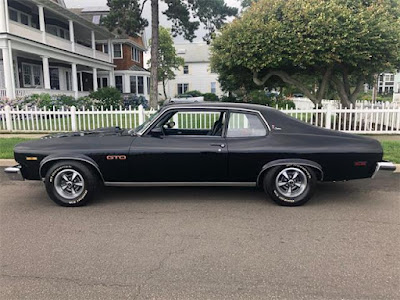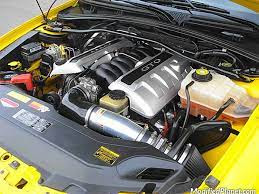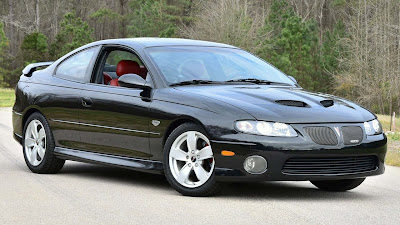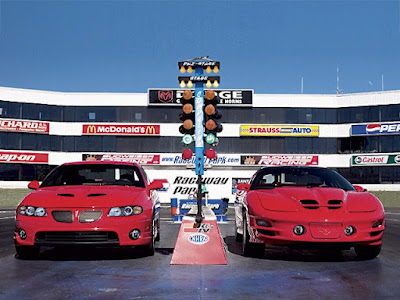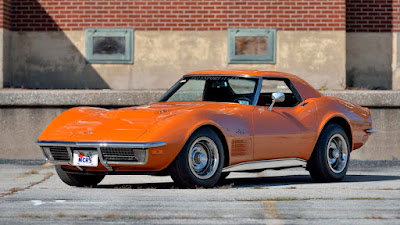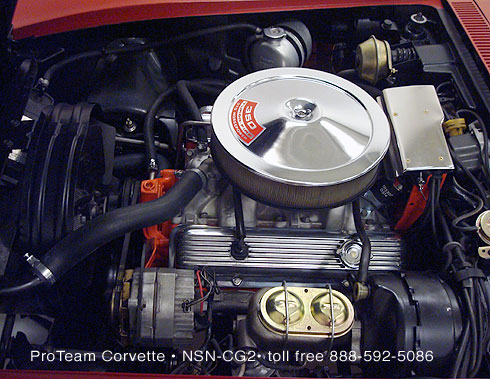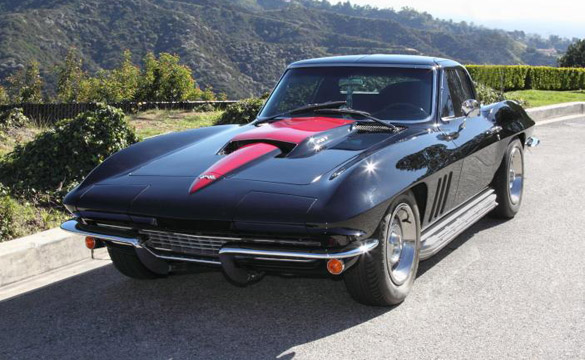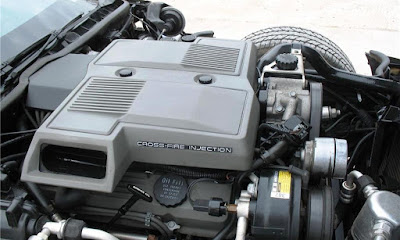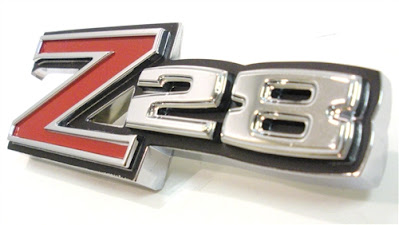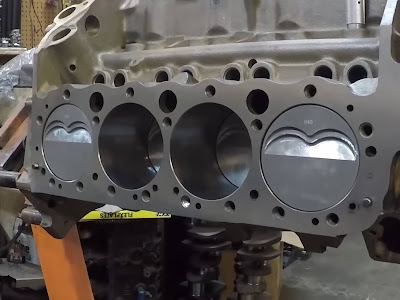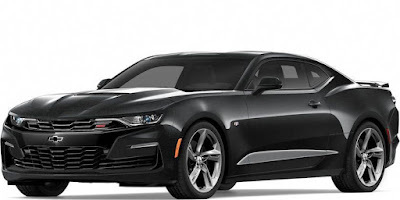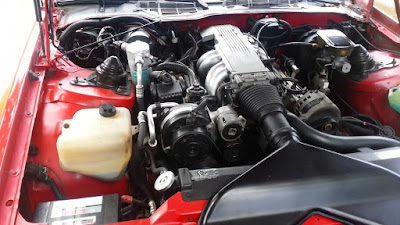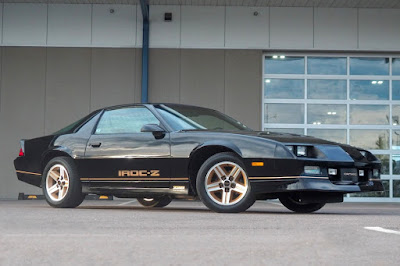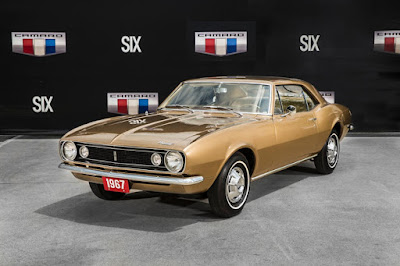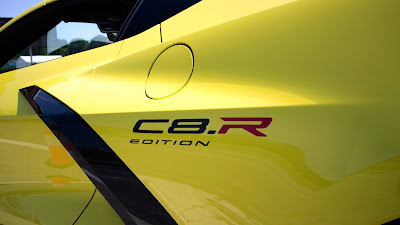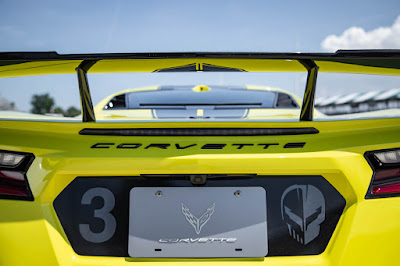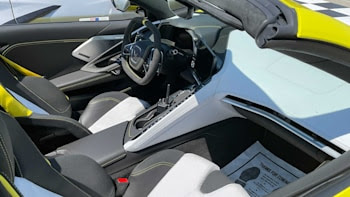Muscle Car Pontiac GTOs of the '60s and '70s
When car enthusiasts hear the name Pontiac GTO, they most likely think of the GTOs from back in the '60s and '70s. You know, back when the cars had heavy steel bodies and big cubic-inch motors.
It stands to reason why that is, for many years the GTOs were some of the most popular muscles cars that were being purchased in the '60s and '70s. But like with all of the other muscle cars of that time, the Pontiac GTO received the ax for more fuel-efficient vehicles.
1971 was the last year for the Pontiac GTO Judge, and 1972 was the last you could buy a GTO with a real classic muscle car look. Although by 1971, GM had already started detuning their cars and running them as unleaded vehicles to comply with emissions, they still had the muscles car look until '73.
The 1973 Pontiac GTO (above) brought about a new body style that just did not look good and wasn't popular back then and or now. Pontiac tried to revamp the old look for 1974 (below), but by then the muscle car era was over and so was the GTO vibe.
21st Generation GTO

2005 Pontiac GTO
In 2004, the Pontiac GTO came with a 5.7-liter LS1 V8 rated at 350 horsepower and 365 ft.-lb. of torque. You could either order one with a 6-speed manual or a four-speed automatic. These days, being happy with a quarter-mile time of 14.3-14.0 flat doesn't sound too impressive, but 17 years ago, that was pretty good for a sedan.
2005-2006 Pontiac GTO
Lack Luster GTO Suspension
Unfortunately, the 2004 Pontiac GTO suspension performance was found to be a little less than impressive. They had sluggish reflexes, excessive body roll, and weak brakes. When the sports sedan received the LS2 for the 2005-2006 models, the brakes got upgraded, but the GTO still suffered from a weak suspension. The good news is there are plenty of aftermarket bolt-on suspension parts that can easily be installed in your driveway over a weekend to help fix many of the suspension problems.
The GTO: A Wolf in Sheep's Clothing
With the various amount of cool colors to shop for, an optional ram air hood that could have been ordered, 15 or 16-inch rims, and a standard retro-looking Pontiac split front grill, the GTO is a good-looking sedan that some might not even recognize as a modern muscle car.
One of the nice things about the Pontiac GTO is that if you are looking to buy one now, you should be able to find one for a good price. I've priced them anywhere from around $9,500-$20,000 - depending on mileage and shape - a far cry from the 30k price tag they originally came with.
On the low end of the price range, most of the Pontiac GTOs had high mileage, but I would not let that deter anyone. Cars these days, if taken care of properly can last for a long time.
In the end, the 2004-2006 Pontiac GTO is a great buy for car enthusiasts that really like the technology of the LS1/LS2 motor. With all of the performance capabilities and aftermarket parts for LS engine setups, the GTO is a perfect car for someone who is looking for something that can be fast, but at the same time, reasonable and practical.

